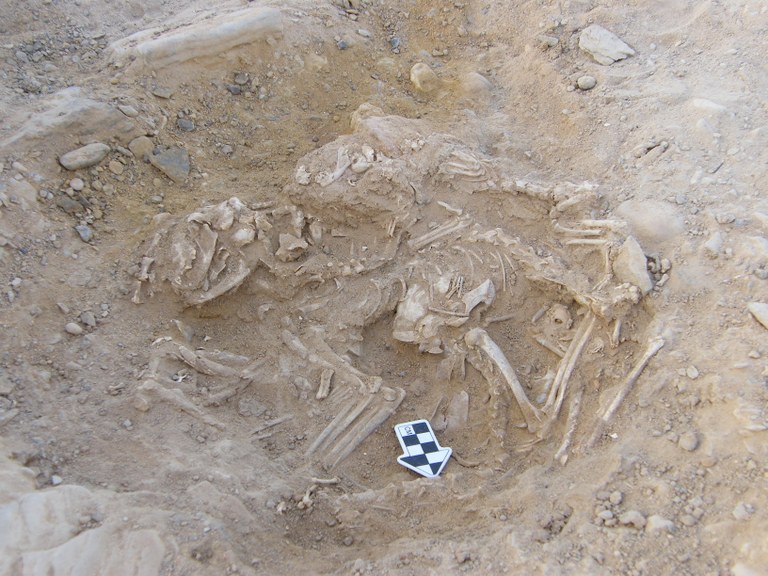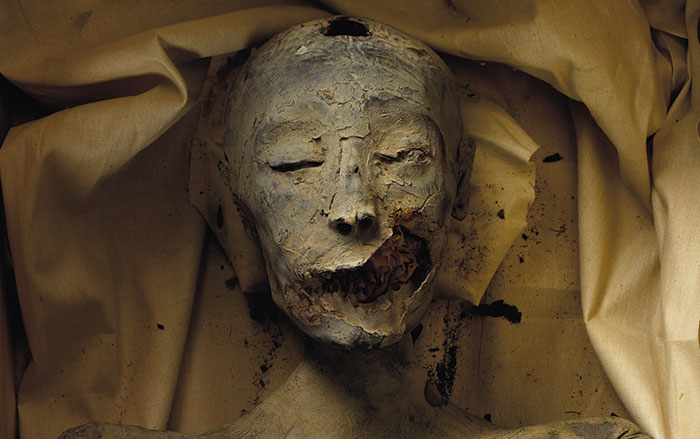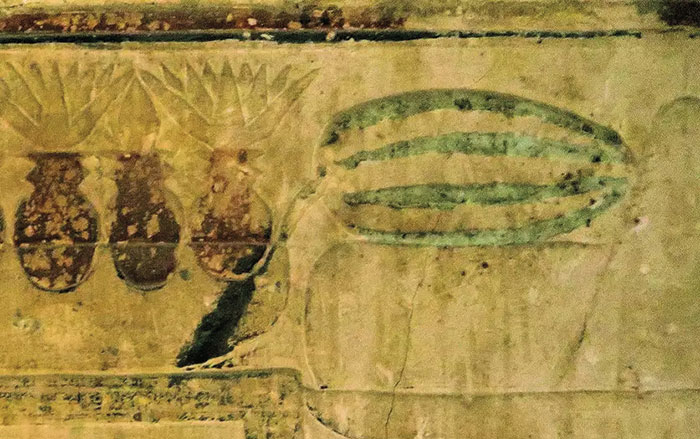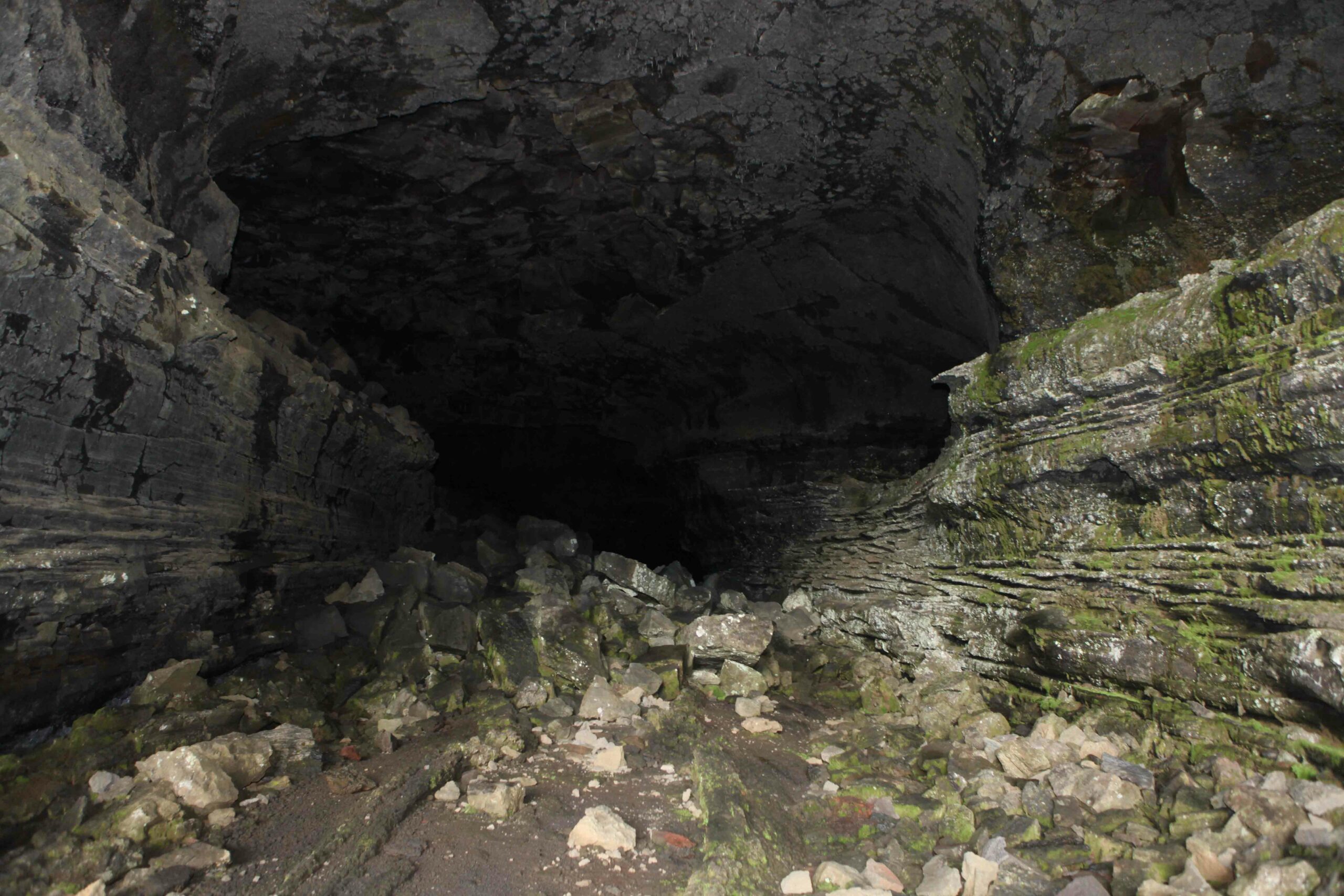
LEUVEN, BELGIUM—Cat domestication is thought to be linked to the beginning of agriculture, when early farmers first stored rodent-attracting grains. According to a report in Seeker, a team led by Claudio Ottoni of the University of Leuven analyzed the DNA of 200 domestic cats who lived over a period spanning 9,000 years in the Near East, Egypt, Europe, north and east Africa, and southwest Asia. The study suggests that all domesticated cats descend from the African wildcat Felis silvestris, and were first tamed in the Near East some 10,000 years ago. The animals traveled with migrating farmers to Europe, and later spread out from Egypt on rodent-infested trade ships. Ottoni explained, however, that it is unclear whether the Egyptian domesticated cat descended from domesticated cats imported from the Near East, or whether a second, separate, domestication took place in Egypt. Most house cats alive today descend from cats that can be traced back to Turkey, Lebanon, Syria, Iraq, Israel, Jordan, Saudi Arabia, and Egypt. The DNA analysis also revealed that the blotched coat pattern did not become common in cats until the medieval period. Until then, most cats were striped. For more on felines in the archaeological record, go to “Baby Bobcat.”










